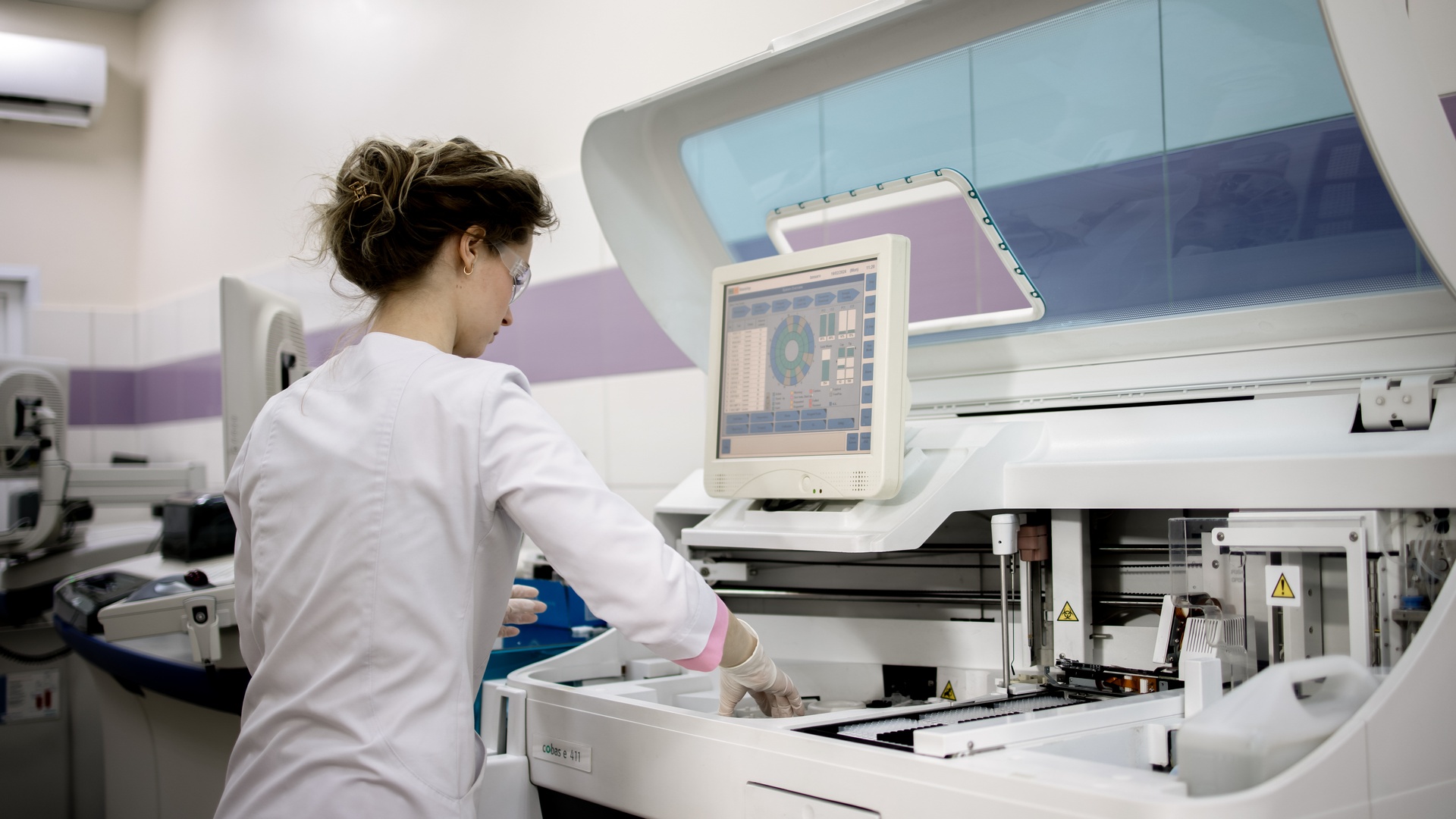The 5 Stages of Medical Device Development

Bringing a medical device from concept to market requires navigating a complex journey that spans years and involves rigorous testing, regulatory oversight, and careful planning. Mastering these stages helps manufacturers, healthcare professionals, and investors grasp the comprehensive process behind every medical innovation that reaches patients.
Medical device development follows a five stage, systematic approach that ensures safety, efficacy, and regulatory compliance. Each stage builds upon the previous one, creating a strong framework that protects patients while fostering innovation in healthcare technology.
Stage 1: Concept and Design
The development process begins with identifying a clinical need or problem that requires a technological solution. Engineers and medical professionals collaborate to create initial designs and prototypes that address specific healthcare challenges.
During this phase, teams conduct extensive research to understand user requirements, existing solutions, and technical feasibility. They develop detailed specifications, create computer models, and build early prototypes to test basic functionality. Risk assessment becomes crucial at this stage, as developers must identify potential hazards and design safeguards accordingly.
Stage 2: Verification and Validation
Verification ensures the device meets design specifications, while validation confirms it fulfills intended clinical needs. Teams conduct comprehensive testing to evaluate performance, safety, and reliability under various conditions.
This stage involves multiple testing protocols, including mechanical stress tests, biocompatibility assessments, and software validation for devices with digital components.
Manufacturers often use advanced production methods like reaction injection molding for medical devices to create precise components that meet stringent quality standards. Documentation becomes critical, as regulatory bodies require detailed evidence of testing procedures and results.
Stage 3: Regulatory Approval
Regulatory approval represents one of the most challenging aspects of medical device development. In the United States, the FDA classifies devices into three categories based on risk levels, each requiring different approval pathways.
Class I devices typically require basic registration, while Class II devices often need 510(k) premarket notification demonstrating substantial equivalence to existing products. Class III devices, which pose the highest risk, require comprehensive Premarket Approval (PMA) including clinical trials. International markets have their own regulatory requirements, such as CE marking for European distribution.
Stage 4: Manufacturing
After securing regulatory approval, manufacturers scale production while maintaining strict quality control standards. This transition from prototype to mass production presents unique challenges in maintaining consistency and meeting demand.
Manufacturing requires establishing quality management systems that comply with ISO 13485 standards and FDA Quality System Regulation. Suppliers must undergo qualification processes, and manufacturing facilities require regular inspections. Supply chain management becomes critical to ensure continuous availability of materials and components.
Stage 5: Post-Market Surveillance
The fifth stage in the medical device development process continues even after market launch through ongoing monitoring and improvement activities. Manufacturers must track device performance, collect user feedback, and report adverse events to regulatory authorities.
Post-market surveillance involves analyzing real-world performance data, conducting periodic safety updates, and implementing corrective actions when necessary. This stage often reveals opportunities for design improvements or identifies previously unknown risks that require immediate attention.
Medical device development demands unwavering commitment to patient safety and regulatory compliance. Each stage serves as a checkpoint that validates the device’s readiness for the next phase, creates multiple opportunities to identify, and addresses potential issues before they reach patients.








